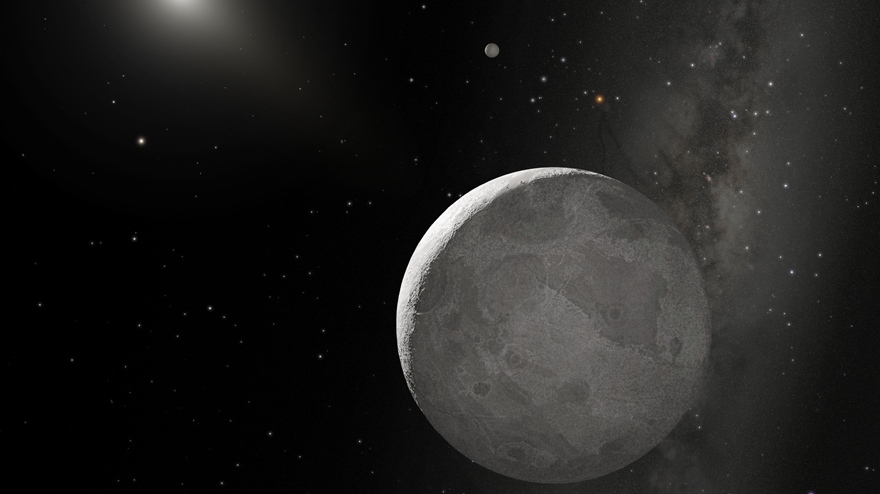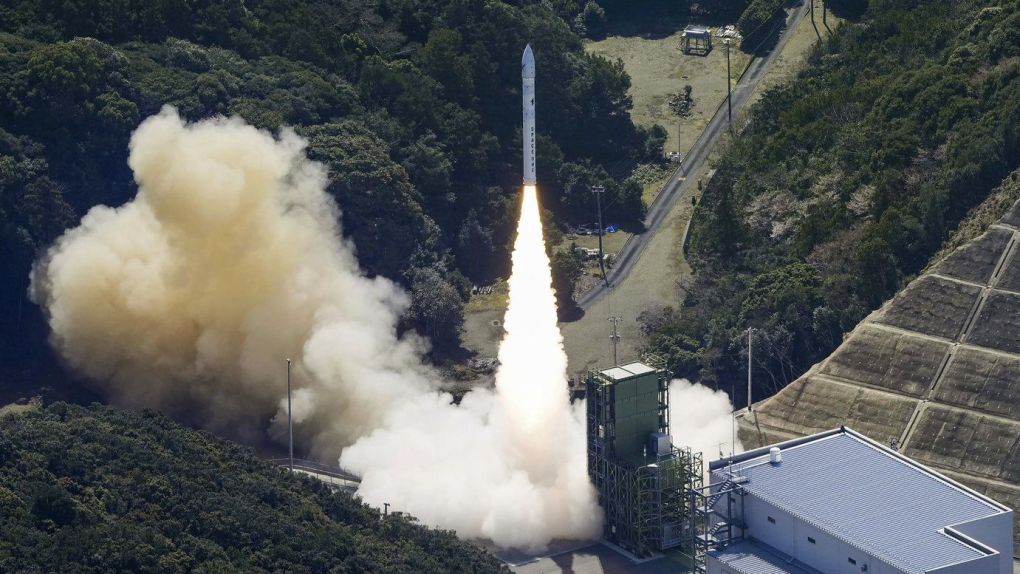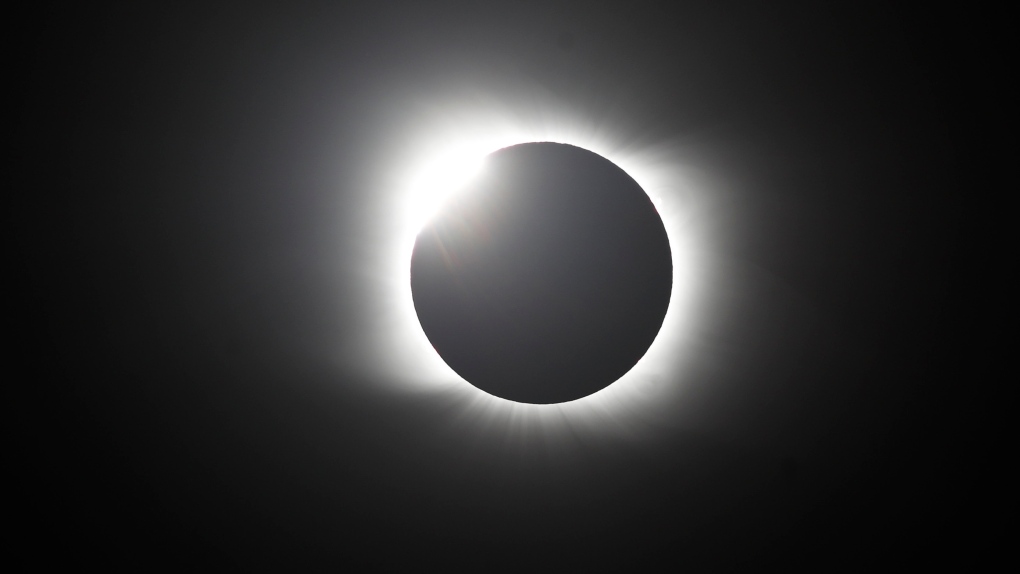A new study investigating the properties of one of the dwarf planets in our solar system has found that it might have a “squishy” composition, closer to a “soft cheese” than a hard ball of rock.
Eris, which lurks at the edge of our solar system and takes 557 years to complete one trip around the sun, has largely been a mystery to astronomers since its discovery nearly two decades ago.
But a collaboration between two researchers, including one of the original discoverers of Eris, has shed new light on the inner workings of this celestial object.
The results of months of modelling were published in the peer-reviewed journal Science Advances in mid-November, describing a dwarf planet characterized by an ever-shifting top layer of slushy ice.
UC Santa Cruz researchers Francis Nimmo explained in a press release last week that the consistency of Eris’ surface is “more like a soft cheese or something like that,” rather than a totally rigid object.
“It has a tendency to flow a bit,” he said.
Nimmo realized around six months ago while at the California Institute of Technology that new data unearthed by Michael Brown, one of the discoverers of Eris, could shed new light on how it functions.
Key to the models they created together was a detail Nimmo didn’t have before: the mass of Eris’ single moon, Dysnomia.
Brown had discovered an upper limit for Dysnomia’s mass using measurements from the Atacama Large Millimeter Array (ALMA) radio telescope in Chile, meaning the pair now knew the maximum gravitational pull it could be exerting on Eris.
Eris and Dysnomia are tidally locked — as Dysnomia orbits, it always has the same side of itself facing Eris.
“That happens because the big planet gets spun down by the tides that the little moon raises on it,” Nimmo said in the release. “The bigger the moon is, the faster the planet spins down.”
With the size of the moon narrowed down by Brown’s data, they were able to analyze the orbital interaction between Eris and Dysnomia to create a much more accurate picture of what is going on inside Eris.
According to the modelling, Eris likely has a hot, rocky core surrounded by a layer of flowing ice.
“The rock contains radioactive elements, and those produce heat. And then that heat has to get out somehow,” Nimmo explained. “So as the heat escapes, it drives this slow churning in the ice.”
It’s this that gives Eris its fluid, and yet not fluid, surface composition, like a snowball in a constant state of melting without ever becoming melted.
INSIDE OUR SOLAR SYSTEM’S DWARF PLANETS
If you were born in the ’90s or earlier, you likely grew up imagining the solar system with nine planets, with the ninth being Pluto, the smallest and furthest from the sun.
But Pluto is now known to be one of five dwarf planets that live in our solar system, sharing the rank with Eris, Ceres, Makemake and Haumea.
A dwarf planet is any celestial body that doesn’t quite clear the bar to be considered a planet, but comes close enough that it can’t be considered an asteroid. Dwarf planets don’t have a significant enough gravitational pull to dominate their own region of space, but still have enough gravity to pull themselves into a sphere or close to it.
Eris was first discovered in 2005 and this discovery, according to the Canadian Space Agency, may have been the death knell for Pluto’s demotion a year later. This is because although Eris looks slightly smaller than Pluto in terms of size, it actually contains more than 25 per cent more matter within it, making it the dwarf planet with the most gravitational pull in our solar system.
Fittingly, since it brought Pluto down a notch in celestial importance, Eris is named after the Greek goddess of discord.
Although Eris sparked a lot of scientific debate when it was discovered, it orbits so far away from the sun, out beyond Neptune’s orbit, that its own properties have been largely unexamined for years. Until now, astronomers assumed it had a rocky surface just like Pluto.
This new study not only helps to flesh out the villain in a dramatic tale of one former planet’s downfall, but adds to our overall understanding of dwarf planets.
Researchers are hoping that more specific measurements of Dysnomia’s size will help them refine their model in the future.
“If Dysnomia is smaller than that, then Eris is even more squishy,” Nimmo said.




